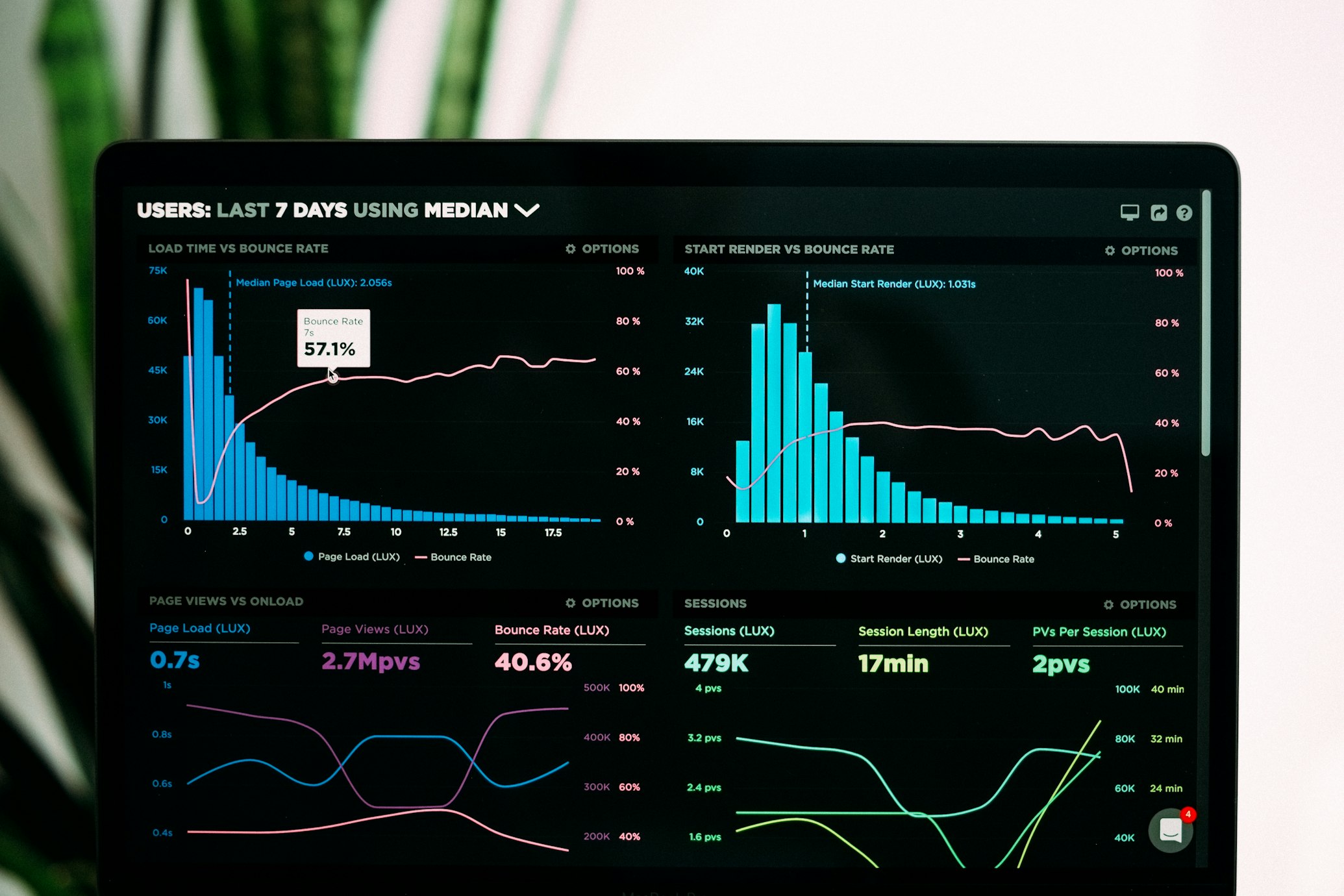ORSO: The Social Network Revolutionizing Genomics Discovery
Transforming genomic data exploration through AI-powered social discovery
Article Navigation
The Genomic Data Deluge: A Modern Scientific Crisis

Imagine trying to drink from a firehose of data—this is the daily reality for genomics researchers. Next-generation sequencing technologies now generate exabytes of genomic data annually, with public repositories hosting over 30,000 datasets from humans, mice, fruit flies, and worms alone 2 3 .
Yet finding the right dataset is like locating a needle in a digital haystack. Inconsistent annotations, variable quality, and fragmented repositories mean scientists spend more time curating data than analyzing it. This crisis of abundance threatens to stall biomedical progress—until now.
Enter ORSO (Online Resource for Social Omics), a brilliant fusion of social networking and AI-powered discovery that's transforming how scientists explore genomic data. Developed by researchers at the National Institute of Environmental Health Sciences, ORSO doesn't just host data—it creates a thriving collaborative ecosystem where datasets become social entities, and researchers connect through shared scientific interests 1 3 .
How ORSO Works: The Science of Social Discovery
The "Facebook for Datasets" Concept
At its core, ORSO operates like a scientific social platform:
User Profiles
Researchers create accounts to follow colleagues and topics
Dataset Interactions
Users "favorite" datasets like bookmarking a tweet
Network Effects
Following users with similar interests creates interest clusters 3
The Recommendation Engine: AI Matchmaking for Science
ORSO's algorithm predicts dataset relevance using two powerful approaches:
Coverage-Based Matching
- Analyzes actual read coverage patterns from bigWig files
- Compresses data into transcripts-per-million (TPM) values across genes/enhancers
- Uses PCA and clustering to find "genomic signature" similarities 2
Metadata Similarity
- Examines annotated features (cell type, disease, target molecule)
- Applies natural language processing to unstructured text descriptions
These approaches feed a hybrid recommendation system that suggests datasets like Netflix recommends movies—but with far higher stakes 2 3 .
| Feature | User Action | Scientific Impact |
|---|---|---|
| Favoriting | Bookmarking datasets | Identifies high-quality data via crowd signals |
| Following | Subscribing to researchers | Builds collaborative networks |
| Data Upload | Contributing private datasets | Expands database while protecting unpublished work |
| Privacy Toggles | Setting data as public/private | Enables pre-publication sharing |
[Interactive visualization of ORSO's recommendation engine workflow would appear here]
The Experiment That Validated the System
Hypothesis Testing: Can AI Predict Biological Relationships?
To test ORSO's recommendation accuracy, researchers designed an elegant experiment using an RNA-seq time-course dataset tracking embryonic stem cells (ESCs) differentiating into cardiomyocytes 3 . The critical question: Could ORSO correctly identify biological relationships between temporally distinct points?
Methodology: A Time-Course Test
Data Input
Uploaded 12 time-point datasets from ESC → cardiomyocyte differentiation
System Query
Asked ORSO for similar datasets at two critical phases:
- Early phase (Day 0–3: Embryonic stem cells)
- Late phase (Day 10–14: Beating cardiomyocytes)
Breakthrough Results: Mapping the Differentiation Landscape
The results were striking:
- Early-phase queries returned ESC datasets from independent studies
- Late-phase queries prioritized heart/muscle datasets
- Network visualization showed clear clustering by developmental stage
| Time Point | Top Recommended Datasets | Biological Relevance | Match Confidence |
|---|---|---|---|
| Day 0 (ESC) | H1-hESC (ENCODE) | Pluripotent stem cells | 94% |
| Day 3 | iPSC-derived mesoderm | Early differentiation | 88% |
| Day 10 | Fetal cardiomyocytes | Cardiac muscle precursors | 91% |
| Day 14 | Adult ventricular tissue | Mature cardiac muscle | 96% |
The experiment proved ORSO could accurately trace biological relationships without manual curation—validating its potential as a discovery tool 3 .
[Interactive timeline visualization of the differentiation experiment would appear here]
The Scientist's Toolkit: How to Navigate ORSO
Research Reagent Solutions: Key Features Explained
ORSO's power comes from integrated tools designed for real-world science:
| Component | Function | Scientific Application |
|---|---|---|
| bigWig File URLs | HTTPS-accessible read coverage data | Enables comparison without raw data upload |
| Feature Lists | Curated gene/enhancer regions (RefSeq/VISTA) | Standardizes genomic feature quantification |
| Graph Explorer | Interactive similarity network visualization | Reveals unexpected dataset relationships |
| PCA Projector | 3D plot of dataset clusters | Visualizes data landscape by cell type/disease |
| API Access | Python/R integration via REST API | Connects to bioinformatics pipelines |
| Rhodium;terbium | 12138-01-1 | Rh2Tb |
| Niobium;rhodium | 12034-74-1 | NbRh3 |
| Cobalt;titanium | 12052-50-5 | Co2Ti |
| 3-Aminotyrosine | C9H12N2O3 | |
| Calcium;mercury | 12049-39-7 | CaHg |
Practical Workflow: From Login to Discovery
ORSO Workflow Steps
- Upload: User provides bigWig URL + metadata (cell type, target, assembly)
- Processing: ORSO calculates TPM values across genomic features (~5 minutes)
- Integration: System performs pairwise comparisons across 30k+ datasets
- Recommendation: Immediate suggestions appear on user dashboard 2

Ethical Dimensions and Future Horizons
Privacy by Design
ORSO addresses ethical concerns through:
- Granular controls: Datasets can be private/public
- Favoriting anonymity: User identities disconnected from private data
- GA4GH compliance: Aligns with Framework for Responsible Sharing 4
The Road Ahead
ORSO's team envisions:
- Cross-omics integration: Adding epigenomic/proteomic data layers
- Automated quality scoring: Machine learning-based data validation
- Global partnerships: Ties with GDSCN for educational outreach 6
Conclusion: Science as a Social Enterprise
ORSO represents a paradigm shift in scientific data sharing. By transforming datasets from static files into "social entities" within a dynamic discovery ecosystem, it harnesses the power of collective intelligence. As genomics continues its exponential growth, platforms like ORSO will be essential for turning data deluge into distilled knowledge—accelerating cures for diseases from cancer to cardiomyopathy.
"ORSO anticipates the future where data are key research products—as important as the analyses applied to them."
In an age of isolated data silos, ORSO builds bridges. It proves that when science becomes social, discovery accelerates.